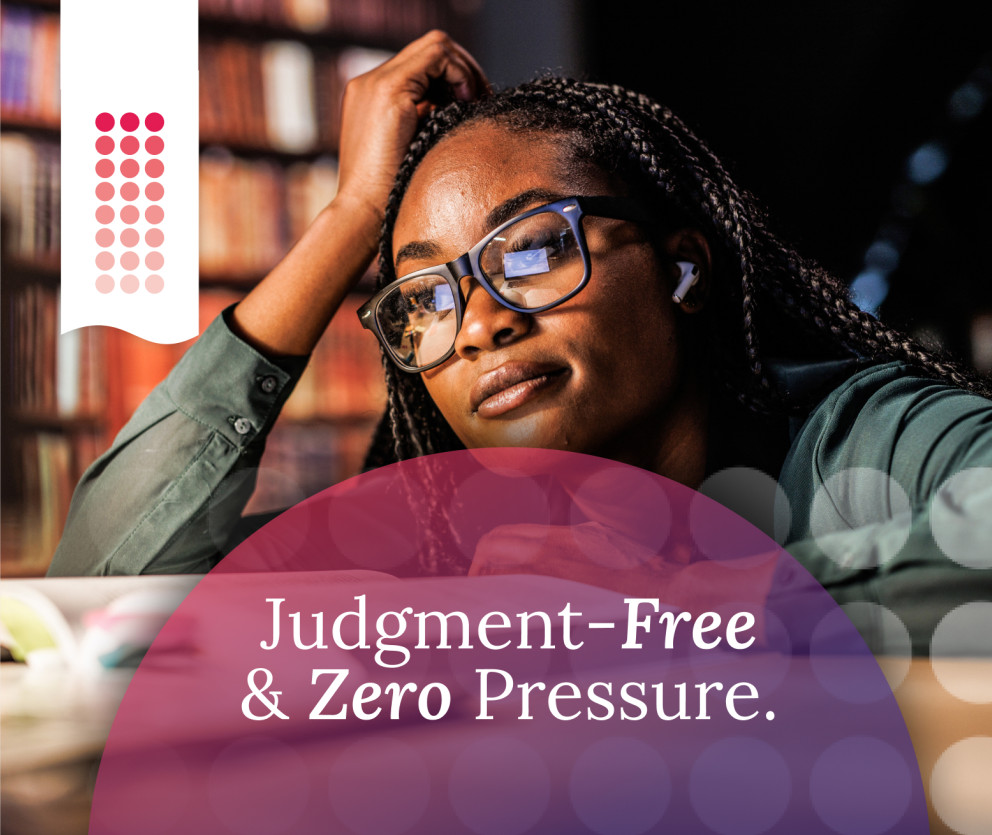In the unpredictable journey of life, unexpected financial emergencies can arise at any moment. Whether you face a sudden medical expense, car repair, or unforeseen job loss, having a robust emergency fund can provide a buffer for navigating through challenging times without getting yourself into debt or financial turmoil. While it requires discipline and strategic planning in order to build an emergency fund, the benefits are unparalleled when it comes to the time when you need to pay out for something you were not expecting. In this article, we will delve into the importance of an emergency fund, share tips on how to build one, and what you should aim to save within your savings fund.
Why should you have an emergency fund?
An emergency fund acts as a financial safety net, providing you with peace of mind and stability during uncertain circumstances. It is a reserve that covers essential expenses when your regular income is disrupted, and you do not have time to prepare your budget. Unexpected expenses could include car or home repairs, medical bills, vet bills, family emergencies, or even job loss. Without an emergency fund, you could be tempted to resort to high-interest loans or credit card debts, which can create financial challenges in the long run. Having an emergency fund enables you to handle unexpected expenses without the need to take on debt, avoid high-interest loans or credit, and to stay in control of your finances.
How to build an emergency fund
If you are unsure of how to get started in building your emergency fund, here are some steps we recommend you take:
- Set clear goals – firstly, determine how much you would like to save in your emergency fund. We recommend saving around three to six months’ worth of living expenses, although this very much depends on your unique circumstances, including your job security, financial stability, and the amount of dependents you have.
- Create a budget – having a budget is important for identifying where you can cut back your expenses, and move any surplus cash towards an emergency fund. By tracking your expenses, you can determine your needs and wants when it comes to spending more clearly.
- Get started – even if you are not able to allocate much in the way of money towards your emergency fund, every little bit helps. Although it can seem overwhelming initially, you will soon get into good, consistent habits and watch your funds grow. Look at what you could affordably save each week, and get started – saving even a small amount of money each month can add up over time to make a big difference.
- Set up a separate account – if you do not already have a savings account, you should create a separate account that is easily accessible, but not too tempting to dip into and spend from. A high-yield savings account is a good option. A savings account should have no transaction fees, allow you to withdraw money without penalty when you need it, and generate interest on any savings you have in it.
- Automate your savings – it is good practice to set up automatic transfers from your chequing account to a dedicated savings account for your emergency fund. This encourages consistency and avoids the temptation to spend unnecessarily.
- Do not forget your debts – although having an emergency fund is very important, you should also address any high-interest debt you have, like payday loans or credit card balances. You should direct some of your funds towards debt repayment while building your emergency fund at the same time. Once your high interest debt is under control, you can then allocate more of your funds towards your savings. If you are concerned about repaying your debts, book a free consultation with a Licensed Insolvency Trustee at Spergel. Our professionals are the only ones in Canada legally able to file all forms of debt relief.
- Review your progress – you should review your progress against your goals often. Your circumstances can change, and so too might your budget. If life changes occur, modify your budget accordingly to prioritize your emergency fund.
Emergency fund – FAQs
Here are some of the most common questions we are asked about building an emergency fund:
How much emergency fund should I have?
In Canada, it’s generally recommended to have an emergency fund equivalent to three to six months’ worth of living expenses. This fund should cover essential costs like housing, utilities, groceries, transportation, insurance premiums, and debt obligations. The exact amount needed depends on factors such as income stability, family size, fixed versus variable expenses, health insurance coverage, housing situation, and personal risk tolerance. By diligently saving and periodically reassessing your financial situation, you can ensure your emergency fund provides a reliable safety net during unexpected events, offering peace of mind and financial security.
Where to keep an emergency fund in Canada?
There are several options for keeping your emergency fund accessible and relatively low-risk. One common choice is a high-interest savings account offered by banks or credit unions, which provides easy access to your funds while still earning a modest return. Another option is a Tax-Free Savings Account (TFSA), which allows you to save and invest money tax-free, making it an attractive choice for long-term emergency funds. Alternatively, you might wish to opt for a combination of cash and liquid investments, such as short-term certificates of deposit (CDs) or money market accounts, to maximize returns while maintaining liquidity. Regardless of where you keep your emergency fund, the key is to prioritize safety, accessibility, and liquidity to ensure your emergency fund is readily available when needed most.
What is the 50/30/20 rule?
The 50/30/20 rule is a popular budgeting guideline that helps individuals allocate their income effectively. Under this rule:
- 50% of your income is designated for needs, such as rent or mortgage payments, utilities, groceries, transportation, and insurance premiums
- 30% is allocated to wants, which encompass discretionary spending like dining out, entertainment, hobbies, and non-essential purchases
- 20% is dedicated to savings and debt repayment, including contributions to emergency funds, retirement accounts, debt payments, and other financial goals
This rule provides a simple framework for balancing essential expenses, discretionary spending, and saving for future financial security.
Although building an emergency fund requires discipline and patience, the peace of mind it provides is invaluable. By setting clear goals, sticking to a budget, and prioritizing savings, you can establish a robust savings pot to help you weather life’s uncertainties. If you have any concerns about your financial circumstances or lack of savings, book a free consultation with an expert Licensed Insolvency Trustee at Spergel, the ‘get rid of debt’ people.



















